High-quality facade paint, subject to proper application, will not be squeezed with time, polluted, and will not be unwritten from exposure to external factors. It is especially important for outdoor work. How to choose the desired type of paints and which rules exist, you will learn from this article.
What to navigate in the choice
First, when you decide to buy facade paint, the key point to which the attention should be paid is its consistency. Any paint should be thick, and when stirring becomes a little more liquid. Modern high-quality paints can cost quite expensive, but provide a great view of the painted surface for many years. The quality product will reduce repeated finishing work for several years ahead.
If we talk about the types of paints, their properties depend on the chemical composition. Binding and film-forming substances are the main components whose quality does not directly affect the quality of the coating itself. These substances are capable of providing better adhesion with the surface on which finishing works occur.
Paints are divided into two major subspecies depending on the type of solvent used:
- Paints with organic solvents. They are able to create a dense film that does not have enough water vapor well enough and the drying process takes longer. In addition, they are toxic enough and harmful to health. But they are resistant to drumps of temperature and humidity, and you can even apply in a minus temperature. Most often as a solvent is the White Spirit.
- Water soluble paints. Their positive difference is environmental purity. They are made from light polymers and minerals that provide excellent gravity and fast drying speed. In the role of binders in most cases cement, liquid glass or lime.
Characteristics of facade paint
Water paints. Consist mainly of polymers and copolymers, as well as emulsions of silicone resin. All of them are fully economical and do not contain toxins. It is possible to breed them without any problems to obtain the desired consistency, then apply to the surface.
Water paints are divided into several subspecies:
- Vinyl. They are in them polyvinyl acetate or vinyl acetate act as a binding element. One of the main advantages is the price. It is an order of magnitude lower than analogues, then according to the properties there are certain disadvantages. It is mainly a weak water resistance compared to acrylic paint.
- Acrylic. Binding element - dispersion of acrylate copolymers. Provide a high level of adhesion, but are characterized by low vapor permeability due to which most often applied on concrete structures and cement-fibrous plates. Strictly not recommended for plaster based on lime mortar.
- Silicone. Binders here - dispersions of silicone resins. They protect the wall well from moisture exposure and are ideal for finishing the external surfaces of the building. In addition, such paints have self-cleaning properties. But at the same time they are not thermoplastic enough, which is why they soften when exposed to high temperatures and lose their properties. They are suitable for all sorts of mineral bases, bricks, concrete, cement-fibrous plates, etc. The big advantage is that it is possible to apply them even on the old paint, if it is tightly kept and not extended.
In general, as facade paint for outdoor work, water dispersive is the best option. It is durable, moisture resistant and does not require special skills in breeding and applying.
Mineral paints are also divided into several types:
- Lime. The binding element is the usual hawed lime. Due to carbonization, the material becomes more durable and durable. Paint itself can be sold as ready for use and as a paste to which you need to add suitable pigments before work. The cost of paints is low, but also durability they, unfortunately, do not boast. For your own home, it is not recommended to use, but for the purpose of urgent and cheap repair it will be suitable.
- Silicate. The binder is potassium silicate. From the analogs differ in that they have a strict color palette. Therefore, in the choice sometimes there are difficulties, and you can not pick up the right color. In addition, the application also implies a number of additional requirements, which is why all the work is often trusted by specialists. They cannot be applied to the surface pre-painted surface with acrylic paints. Even if the base itself is perfectly smooth and clean.
- Cement. Binding - color or white portland cement. So that such paint was more moisture-resistant, 15% of the hazed lime is added to it, as well as 1% hydropobic substances. After applying, vapor permeability remains at a high level, and the material itself is quite resistant to bad weather conditions. However, at the same time they are rather fragile and can be squeezed with time.
If you need facade paint for internal works, choose only those that are environmentally friendly and quickly dry. Otherwise, you will undergo your health and health of your loved ones.
Please note that the quality of the final result depends also on which the paint was stored. It must be carefully preserved from low or highly high temperatures. Because of this, the physical properties of the material are changing. The consistency will cease to be homogeneous and lumps will appear that cannot be stirred. If, when you open the bank, you see a dense film on the surface - nothing terrible. This is a resin, which can be mixed without any problems to a homogeneous mass. Such phenomena may be observed if you have looked loosely after use.
The price of facade paint is significantly different depending on the components. But the savings in most cases are inappropriate, because you just have to redo it soon if the material turns out to be second-time.
Criteria for which you should pick up paint
Owners of private houses, which are located along the roads with particularly active traffic, often complain that already a few months after painting the facade begins to pale and lose color. Based on this, it should be said that it is necessary to pay major attention in the choice of paint sustainability to different kind of pollution.
In fact, there is no material on which dirt did not accumulate at all during operation. However, some of the paints prevent absorbing dirt directly into the walls and make it easy to rinse it with an ordinary cloth. Some of the paints create a solid hydrophobic film with selected properties. Thus, moisture with mud can not penetrate the foundation itself, but remains on the surface. In most cases, almost any dirt is washed off during the rain.
It should be said that the final hydrophobic properties of paint appear only after a while. Usually this period is a little less than a month. It is best to paint the outer walls in warm dry weather. Among others, it is primarily to focus on acrylic and silicate paints. They are in terms of self-cleaning, leading. An unpleasant feature - on packages in most cases, the number of resins is not indicated, although this is an important criterion that has a direct impact on the efficiency of the material. Therefore, it is much easier to learn about the peculiarities of different colors from those who have already had a deal with him, and knows what manufacturers are best to choose.
If several years after applying the facade still remains bright and clean, it means that the selected paints for facade works are wicked good. In the future you can navigate exactly on this manufacturer.
Pay attention to the degree of gloss in the paint. What it is higher, the more resistant to moisture and dirt will be the surface. Matte analogues are quite marked and difficult to launder. Therefore, for the exterior decoration, they are poorly suitable.
The packaging always indicates the degree of paint vapor permeability. It is very important that your home "breathe". Even such a step, as an external color, is able to strongly affect the microclimate in the residential room. Therefore, do not forget about this factor.
It should also be borne in mind that moisture will always come out of the house. And the more densely painted surface, the more moisture will be assembled at the base. Because of this, corrosion processes can begin, and the paint itself begins to peel. Especially often, such phenomena are observed if the surface has been incorrectly primed.
Color selection tips
The desire to make not only reliable, but also beautiful wall covering, quite naturally. In this regard, it is the color solutions that make it possible to completely embody their designer ideas. Fortunately, today there are colors and shades to choose a great set. We offer you some tips that will help you quickly decide on the choice:
- The facades are best decorated in warm or pastel colors. They are easier combined with any colors and types of roofs and fit into the environment. In addition, on the surfaces of this color is not so noticeable dirt.
- To avoid one-window, you can use several shades of one color. For example, for coloring of door or window openings and other small elements of the facade.
- Choose a color that will be lighter than the roof of the house. If you do vice versa, the color may be ridiculous.
- If you want to make a multicolor facade, you need to pick up paints and materials that are mixed as much as possible. At the same time we advise you to buy materials of one manufacturer.
- Even the boring facade can be high quality, if the color is to highlight its elements: frames, balustrades, sposters, base, etc. Here the main thing is your personal taste.
- The paint can also be emphasized the horizontal membership of the facade. The correct approach is able to even visually change the volume of the building. If the facade is painted in a brighter tone, then the house will look massive. When the roof is brighter, the house seems higher and elegant.

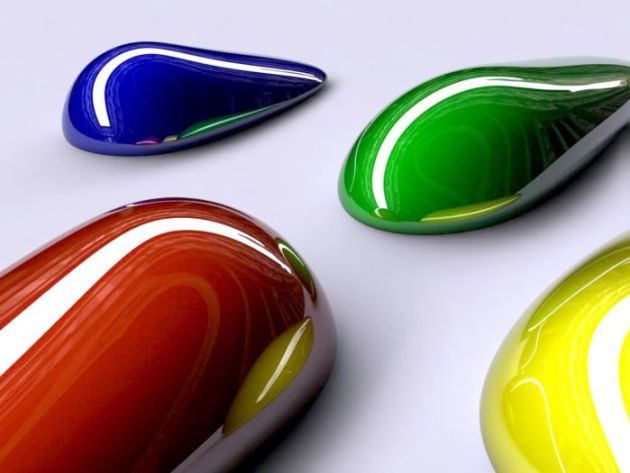
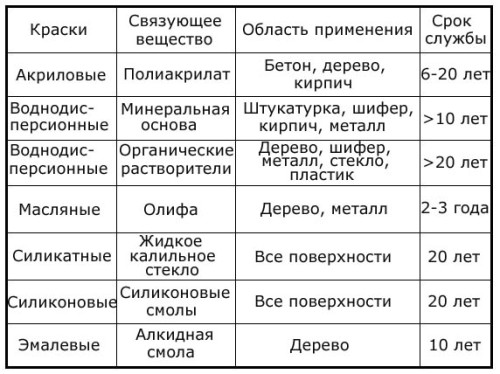
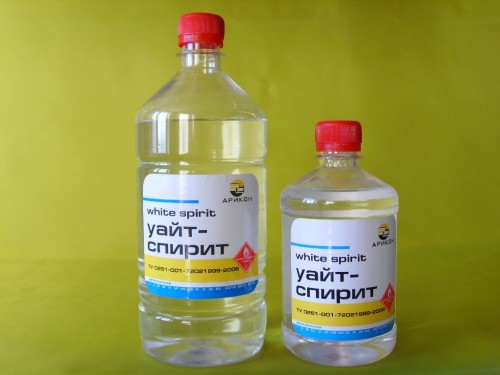

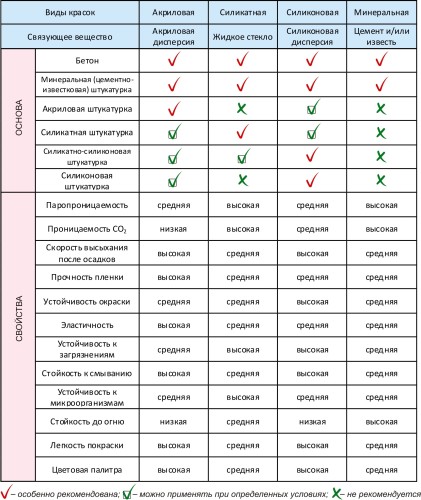
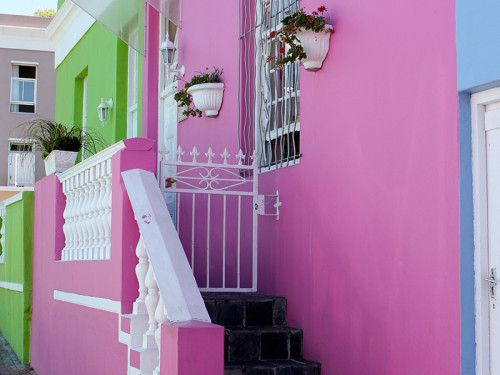
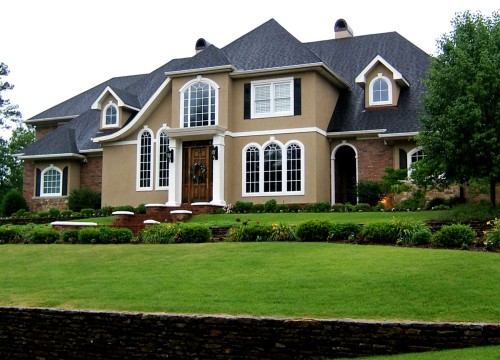

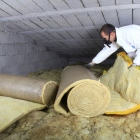
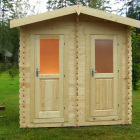

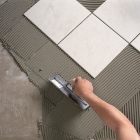



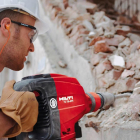

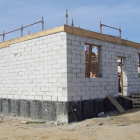
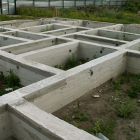
 Start a discussion ...
Start a discussion ...